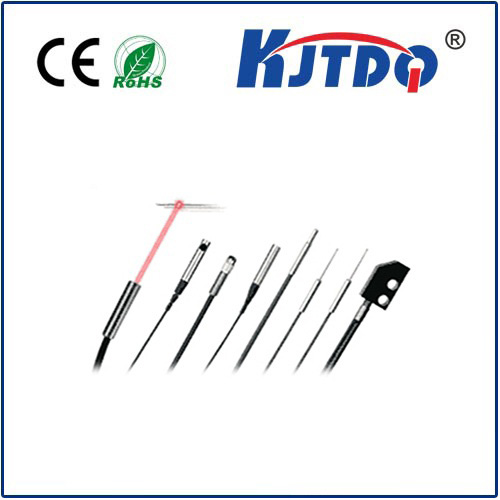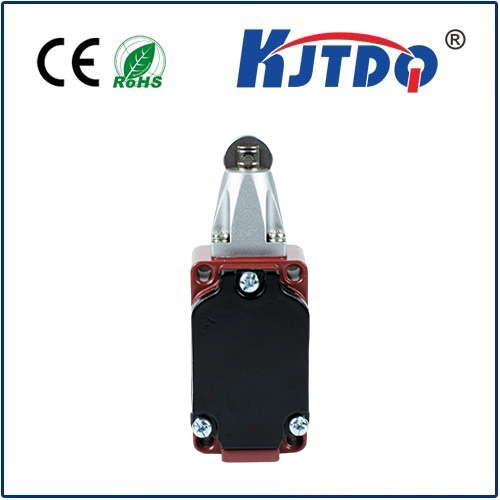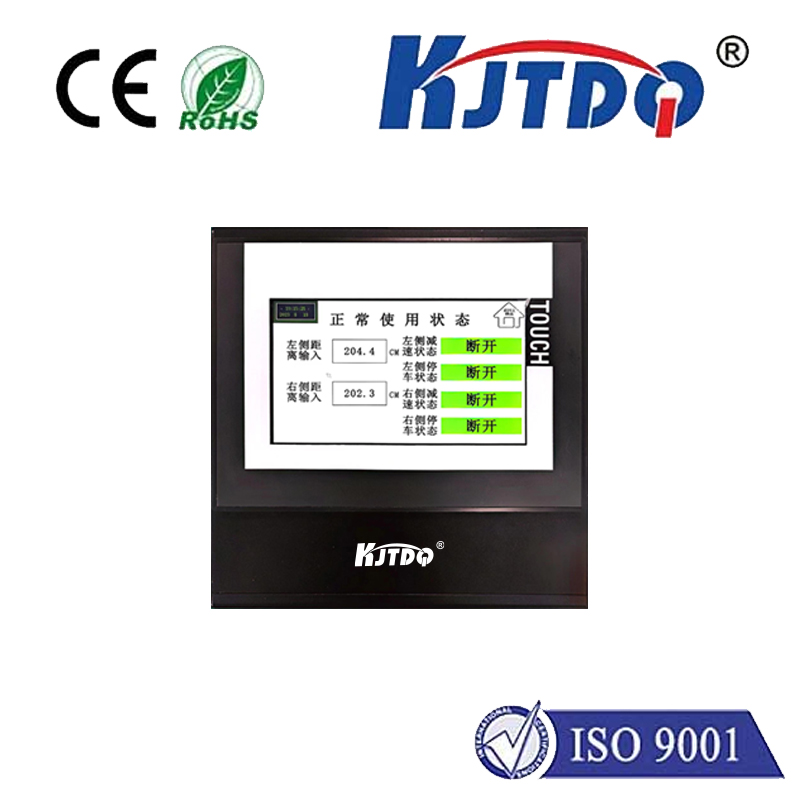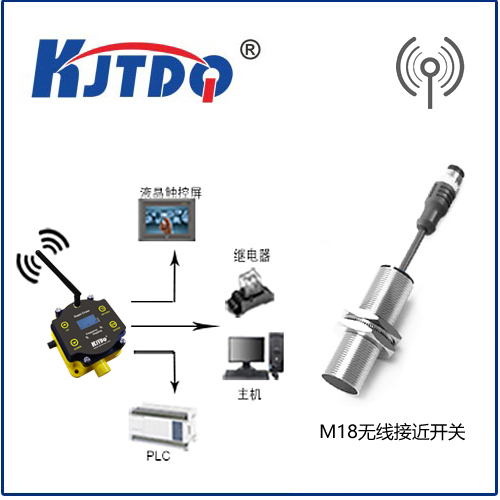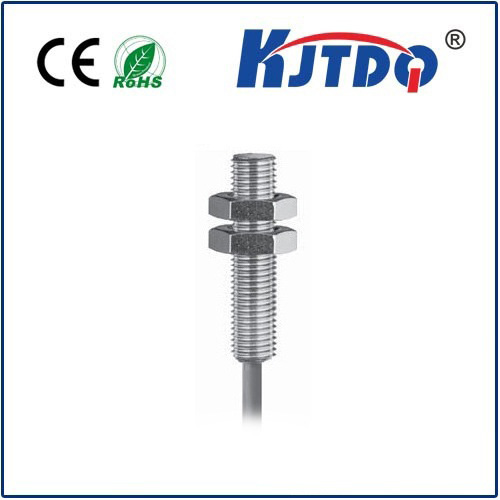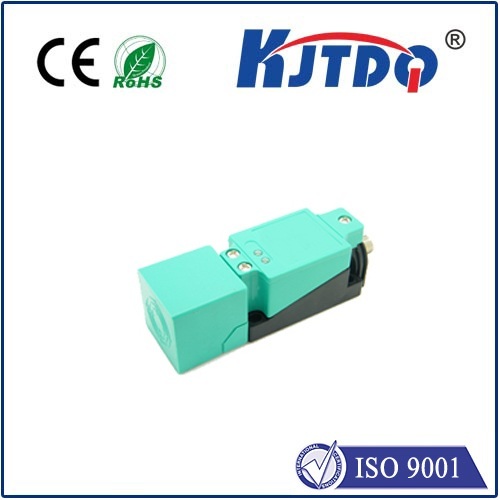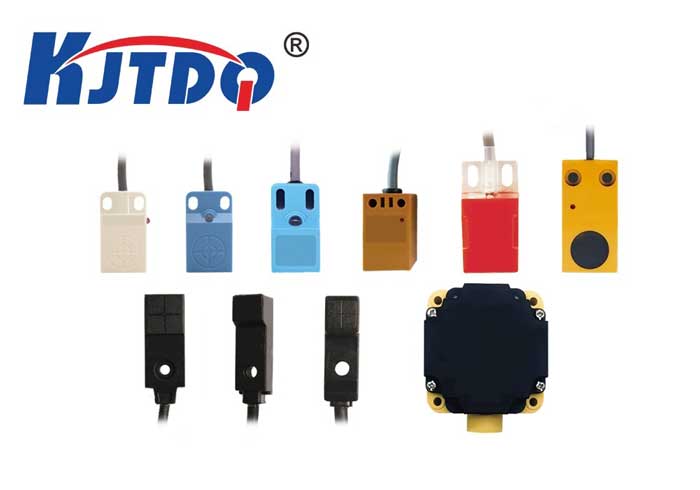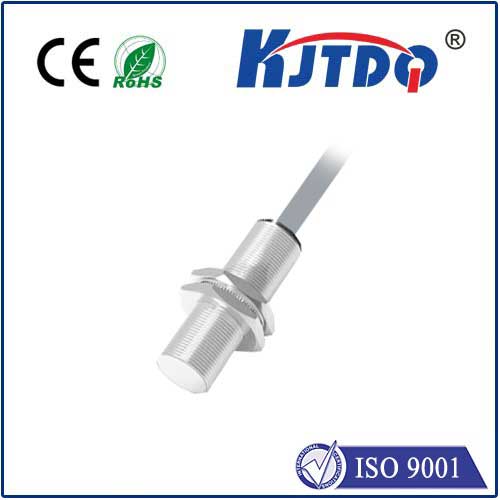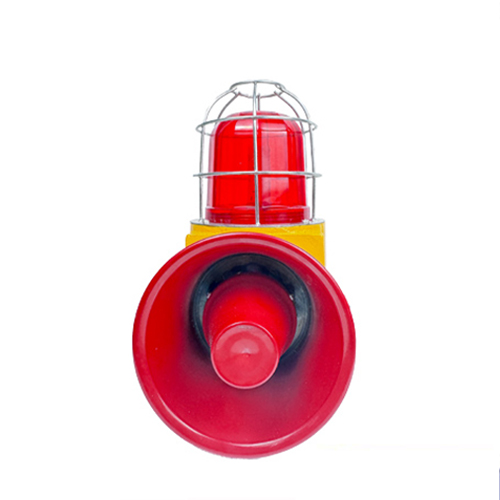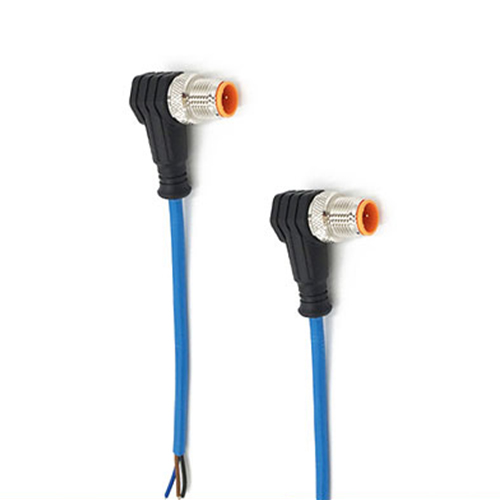BES040M proximity sensor
- time:2025-10-14 06:12:37
- Click:0
Unlock Precision & Reliability: Meet the BES040M M18 Inductive Proximity Sensor
In the relentless hum of modern automation, where fractions of a second and millimeters dictate efficiency and safety, the unsung heroes are often the sensors. Imagine a critical assembly line halting unexpectedly, not due to a complex robot malfunction, but because a simple proximity sensor failed to detect a component’s presence reliably. Accuracy and unwavering dependability aren’t luxuries here; they’re absolute necessities. This relentless demand for precision detection is precisely where specialized components like the BES040M inductive proximity sensor excel, offering a robust solution trusted across countless industrial landscapes.
Understanding the BES040M: More Than Just a Sensor
The designation “BES040M” refers to a specific model within a family of industrial proximity sensors. Breaking it down:
- BES: Typically identifies the series or technology family (often Belden/Eaton, but widely available from multiple manufacturers).
- 040: Often signifies the form factor – in this case, a cylindrical M18 threaded barrel (approximately 18mm in diameter). This standard size allows for easy integration into existing mounts and fixtures.
- M: Frequently indicates the sensing distance, often 4mm for the inductive type. Always verify the datasheet for the specific variant.
At its core, the BES040M is an inductive proximity sensor. It operates on a fundamental principle: generating an electromagnetic field from its sensing face. When a metallic target (typically ferrous metals like steel or iron, though some variants detect non-ferrous metals too) enters this field, it induces small electrical currents (“eddy currents”) within the target. This interaction causes a detectable change within the sensor’s internal oscillator circuit. This change is processed internally, triggering a clean, electrical switching signal (typically NPN or PNP transistor output) without any physical contact. This non-contact detection is its defining superpower, leading to extended lifespan and minimal maintenance.

Why the BES040M Stands Out: Key Features & Capabilities
The widespread adoption of BES040M sensors isn’t accidental. They embody crucial characteristics vital for industrial environments:
- Robustness & Durability: Constructed almost invariably from materials like nickel-plated brass or robust plastics like PBT for the housing, these sensors are built tough. They are designed to withstand harsh factory conditions – impacts, vibrations, and exposure to dust, coolants, or oils are commonplace. Look for ratings like IP67 or IP68, guaranteeing excellent protection against dust ingress and water immersion. Their wide operating temperature range (commonly -25°C to +70°C or higher) ensures reliable performance in demanding climates, from chilly warehouses to hot welding zones.
- Immunity to Environmental Interference: Unlike optical sensors, the BES040M excels in environments plagued by dirt, grime, smoke, or ambient light variations. Its inductive technology is inherently less susceptible to these common contaminants, ensuring stable operation where other sensors might falter. This reliability in dirty conditions is a massive operational advantage.
- Fast Response & High Switching Frequency: Modern production demands speed. The BES040M delivers with rapid response times, often measured in microseconds or milliseconds. Combined with a high switching frequency (hundreds of Hertz to over 1 kHz in many models), it can reliably detect targets moving at high speeds on conveyors, rotating parts, or in rapid assembly processes. This speed translates directly to increased production throughput.
- Simple Installation & Integration: The standardized M18 threaded barrel design allows for effortless mounting. Simply screw it into a pre-drilled hole or a standard mounting bracket. Wiring is straightforward, typically involving a simple 3-wire DC connection (Brown = +V, Blue = 0V, Black = Signal Out). The availability of various cable exit options (axial, radial) and cable lengths adds further flexibility. Integration into PLCs (Programmable Logic Controllers), motor drives, and other control systems is seamless.
- Long Operational Life: The absence of physical wear and tear due to non-contact operation is a major benefit. There are no moving parts to break down from repeated impacts. This translates to reduced downtime and lower total cost of ownership compared to mechanical switches.
- Versatility in Outputs: The BES040M is commonly available with different output transistor types:
- NPN (Sinking): Switches the negative (0V) line to the load.
- PNP (Sourcing): Switches the positive (+V) line to the load. Choosing the correct type is essential for compatibility with your control system input modules.
- NO (Normally Open) / NC (Normally Closed): Defines the signal state when no target is present.
Where Precision Detection Matters: BES040M Applications
The reliable, non-contact detection offered by the BES040M makes it indispensable across a staggering array of industries:
- Manufacturing & Assembly: Position verification of parts, end-of-travel detection for cylinders, robotic arm positioning control, counting objects on conveyors, monitoring spindle rotation, pallet presence detection. Its ability to function reliably amidst coolant and metal chips is critical.
- Material Handling: Detecting the presence or absence of items on conveyor belts, monitoring bin levels (especially metal components), position sensing in automated guided vehicles (AGVs), gate control.
- Packaging Machinery: Verifying cap presence, detecting metal lids or foils, carton counting, monitorng filling levels (when combined with appropriate metal targets), wrapper sealing control.
- Automotive Production: Machine tool monitoring (e.g., tool break detection), robotic welding cell safety interlocks, component positioning in fixtures, end-of-arm tooling confirmation.
- Metalworking: Position feedback on CNC machines (non-critical axes or tool changers), detecting metal slugs or finished pieces, press brake ram position sensing.
- Food & Beverage (Suitable Variants): Monitoring metal can presence on lines, detecting stainless steel components inside machinery (using food-grade or washdown-rated variants where necessary).
Choosing and Implementing Your BES040M Sensor
Selecting the right BES040M variant is straightforward but crucial:
- Required Sensing Distance: Confirm the 4mm range is sufficient for your application. Remember to account for installation tolerances.
- Target Material: Standard models excel with ferrous metals (steel, iron). If detecting non-ferrous metals (aluminum, brass, copper) is required, ensure you choose a variant specifically designed for this (often labeled “non-ferrous”). Performance and sensing range will differ.
- Output Configuration (NPN/PNP, NO/NC): This must match the input specifications of your controller. Using the wrong type will result in malfunction.
- Environmental Needs: Verify the IP rating (IP67 is common, IP68 for submersion) and temperature range suit your environment. Consider chemical exposure if significant.
- Electrical Specifications: Match the operating voltage (commonly 10-30V DC) and ensure the load current rating of the sensor’s output meets your needs.
Proper installation enhances performance: Ensure the target approaches the sensing face (not the sides). Maintain the specified sensing distance, considering any target material factors. Securely tighten the mounting and protect the cable from abrasion and pinch points. Correct wiring, adhering strictly to the manufacturer’s color code (Brown = +V, Blue = 0V, Black = Output), is non-negotiable.
The Enduring Value of Proven Technology
In a world rapidly advancing with sophisticated vision systems and complex IoT sensors, the enduring relevance of the BES040M inductive proximity sensor speaks volumes






